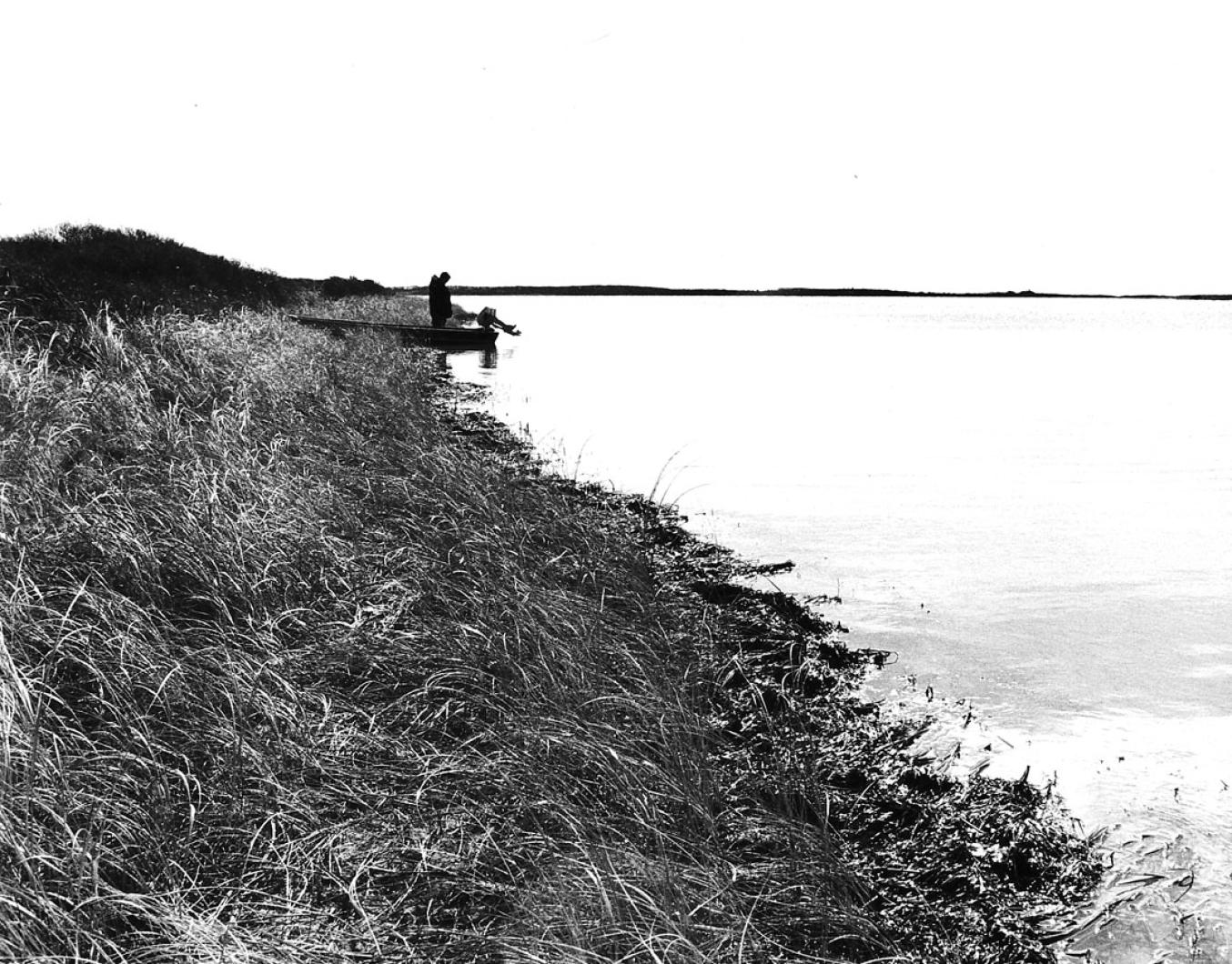All Martha’s Vineyard ponds have been closed to most shellfishing and could remain so for a week or more, as a result of the heavy rainfalls of the past few days.
A mandatory statewide closure was ordered on Sunday by the Division of Marine Fisheries (DMF), out of concern that oysters, quahaugs and softshell clams could be contaminated by dangerous bacteria.
However, the scallop season will begin in Edgartown as planned tomorrow.
“Any time we get more than four inches, it is a mandatory closure,” Oak Bluffs shellfish constable Dave Grunden said yesterday.
Since Friday, the Island has had well over five inches of rain, with more forecast.
“The theory behind it is that heavy rain can wash bacteria into the ponds, and we want to avoid any threat to human health which could be posed by a pathogen,” Mr. Grunden said.
The ponds will remain closed until testing has proved them safe, but there is no answer yet as to when that might be.
Usually such closures last about five days, but this time more bad weather could prolong it, he said.
“I just got off the phone from the DMF, and they are expecting the next lot of rain to come through late tomorrow or Wednesday, so there will be no samples taken until after that. So I anticipate they could remain closed for maybe a week or more,” Mr. Grunden said.
The weekend’s rain was the largest rainfall event of the year. The National Weather Service station in Edgartown measured 4.93 inches over the three days to Sunday.
And although the rain tapered off sharply yesterday, the outlook is that the weather will turn nasty again tonight, with a 70 per cent chance of showers Wednesday and a 60 per cent chance of showers and/or thunderstorms on Thursday.
Sengekontacket Pond was due to reopen for shellfishing this week after a four-month summer closure, enforced this year after the pond returned a series of dire test results in the summer of 2007.
At the time a number of testing rounds showed fecal coliform bacteria at levels well above those considered safe. But this past summer, Mr. Grunden said, bacterial contamination had not been a problem.
“Sengie was testing fine all summer. There were none of those spikes in levels which we saw in 2003 and again last year,” he said.
As a result, he said, once the current problem was past there would be new consideration given to ending the mandatory summer closure of the pond.
“There may be a case for a new protocol for more testing or better management of the pond,” he said, “but we’re still waiting for a lot of data.”
Following the problems with Sengekontacket in 2007, birds, particularly cormorants and Canada geese — which have appeared in far greater numbers in recent years — were widely blamed for fouling the water, although no firm scientific case has been made against them.
Mr. Grunden said, however, more conclusive data would likely be available by November, along with the results of more precise analysis of the coliform bacteria in the ponds.
Different animal species carry slightly different strains, which can be determined by looking at the RNA of the bacteria.
“They have been ribotyping the bacteria to identify the specific strain,” Mr. Grunden said.
“So we should have a better idea then whether the source is geese or cormorants or skunks or whatever.”
The current closure, however, will be easily resolved, compared with working out a long-term solution to the problems with Sengekontacket.
“A few tidal flushings should fix it,” Mr. Grunden said.




Comments
Comment policy »